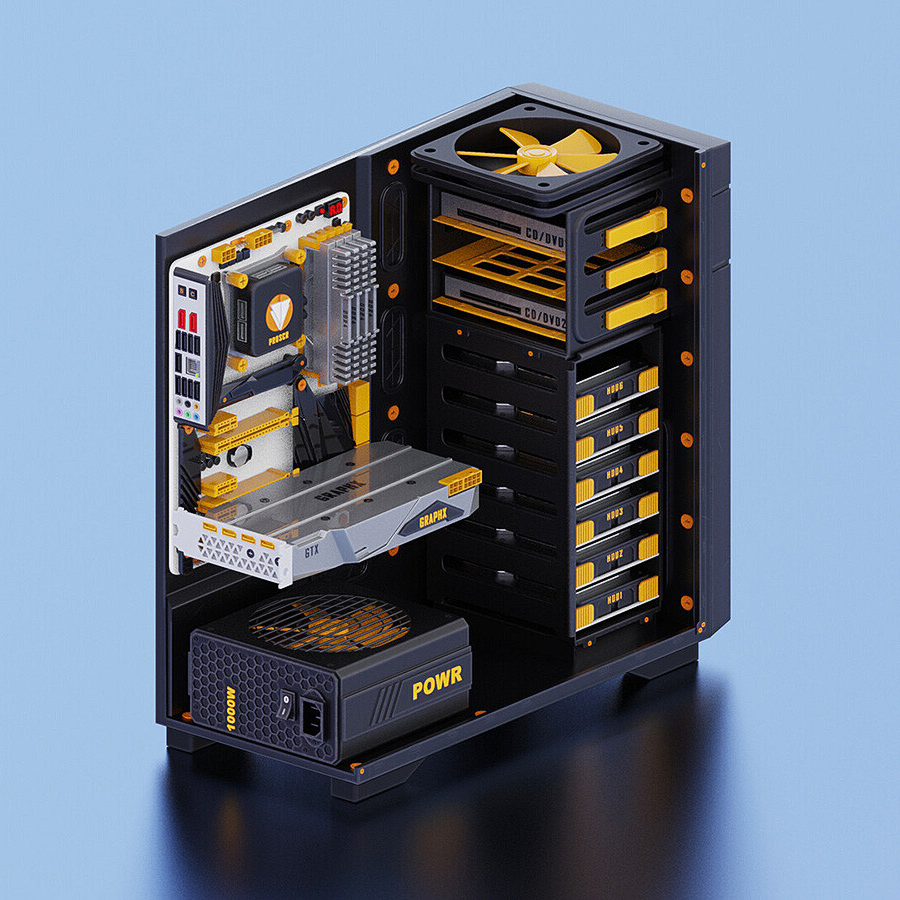

There’s definitely something special about that era of games. The community would really shine and make creative stuff with relatively limited tech.
https://youtube.com/@excavation_goldsrc
This is the mod that’s blown me away the most. They somehow made the limitations of the Goldsource engine look stylish, all the while having some incredible animations and model design. Unfortunately development is temporarily paused but hopefully they pick it up again soon.





I would love to see a Palworld update that changes the balls to cubes. Same animations and effects, same textures, just stretched over a cube.